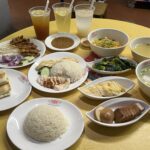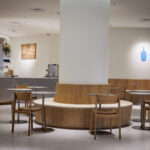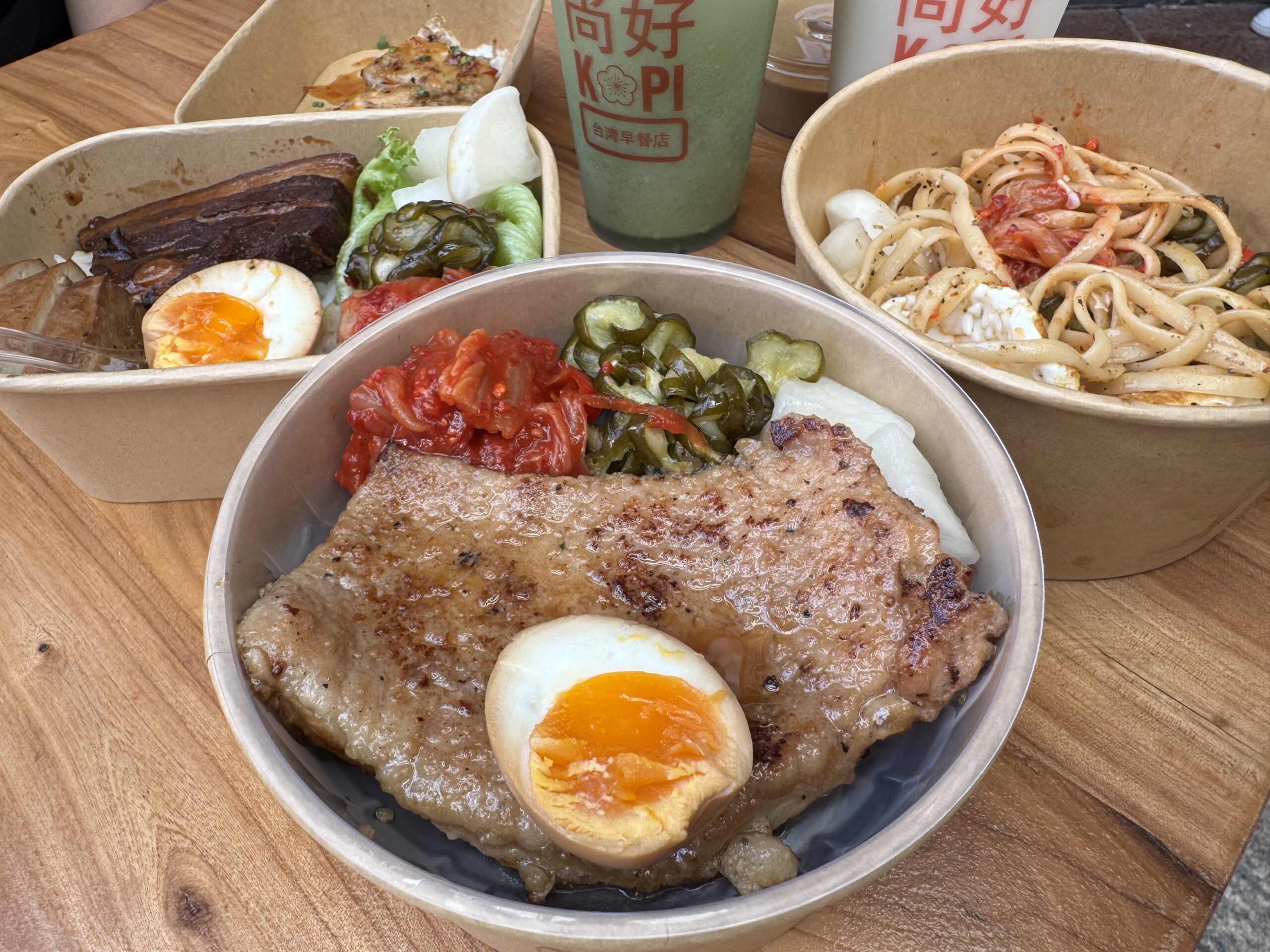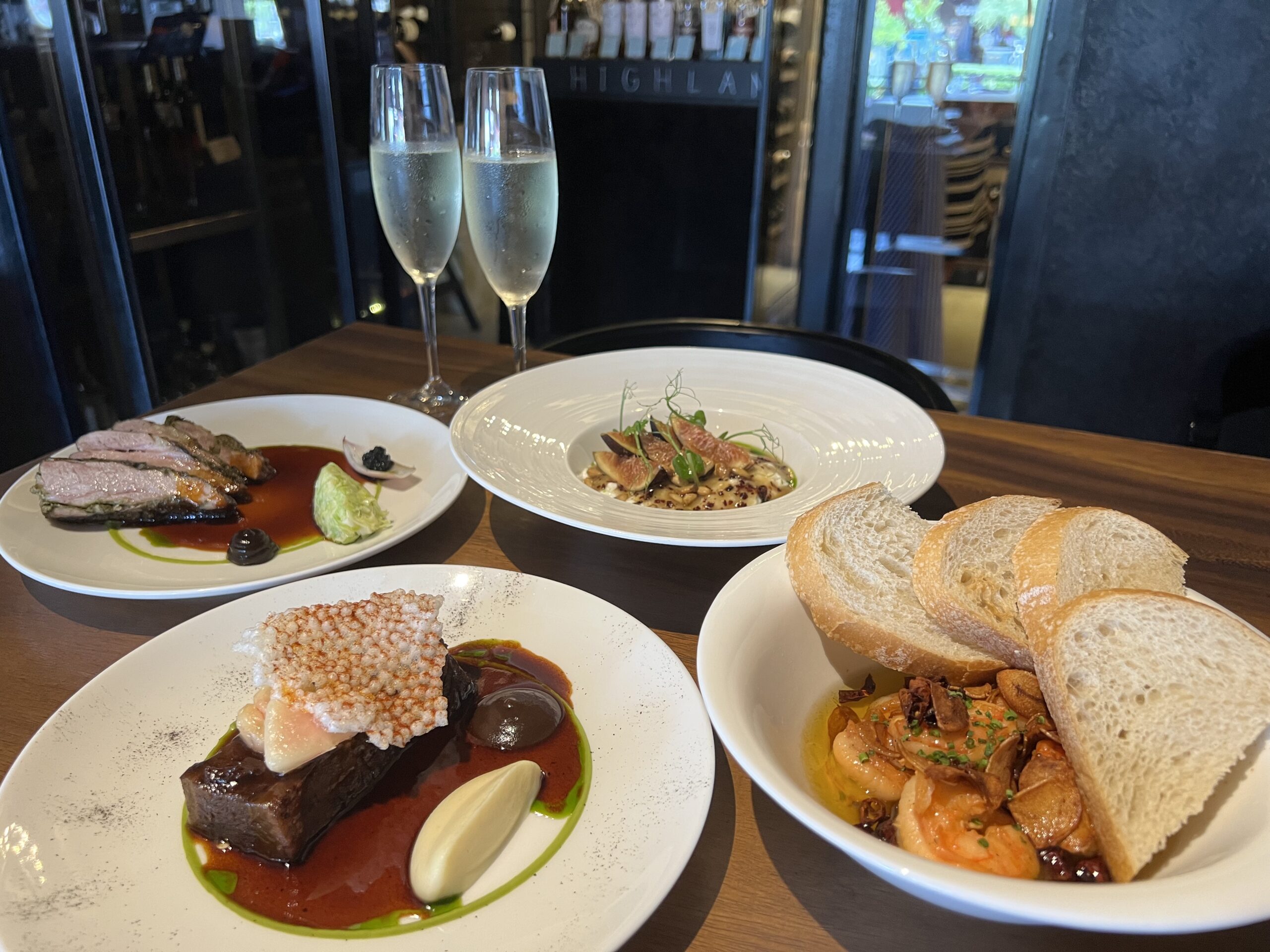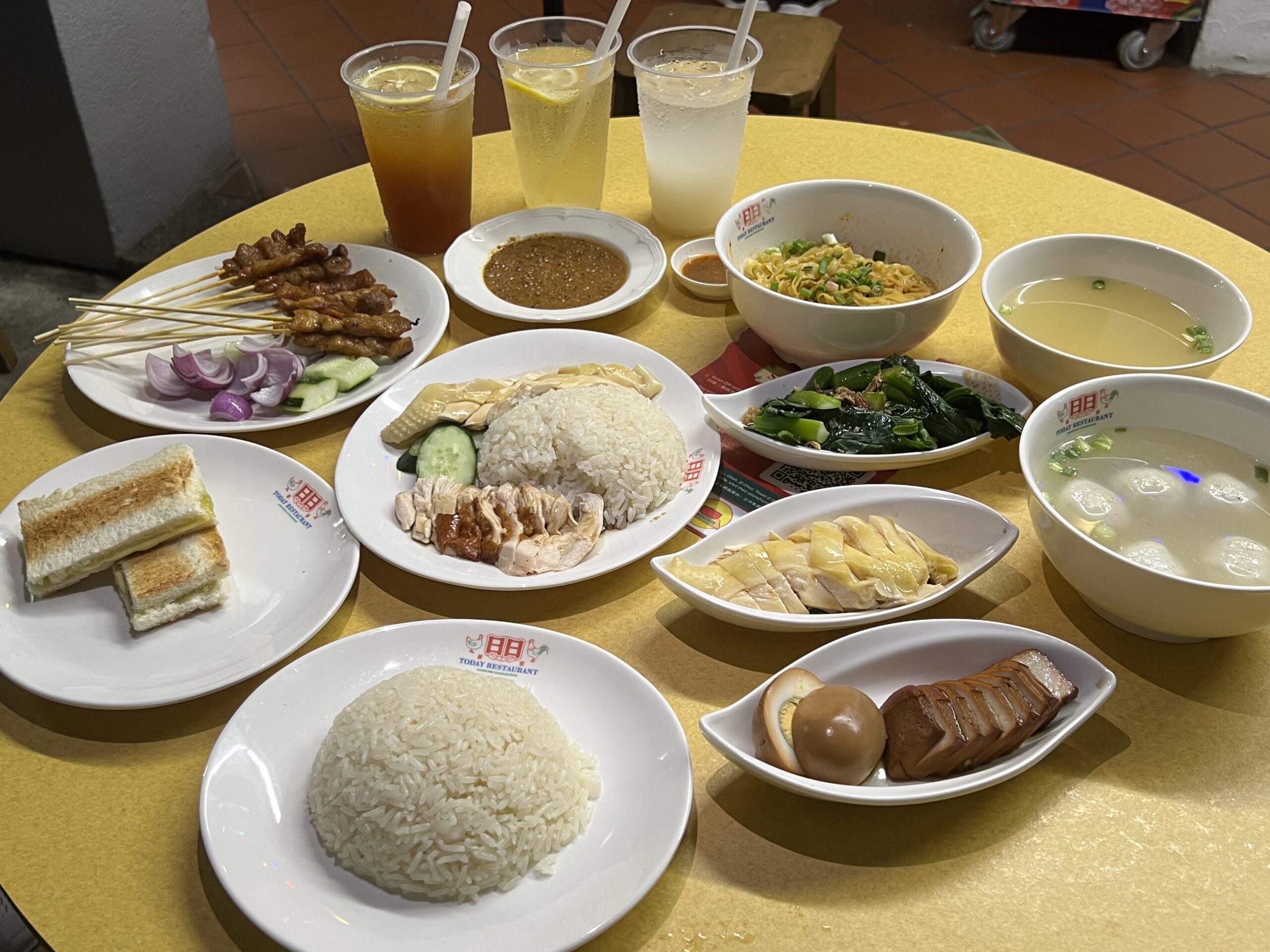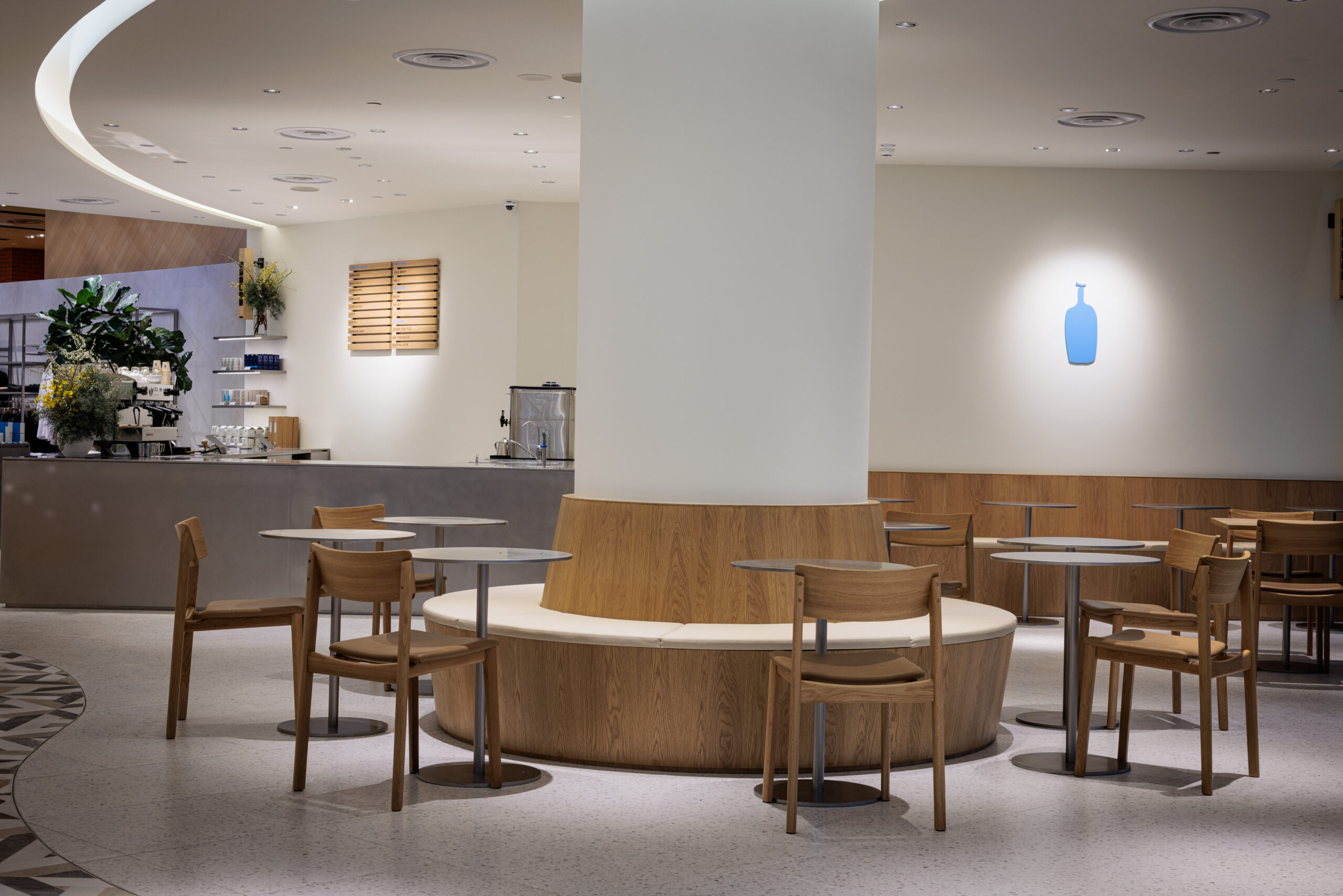
During one of the media events which I’ve attended, I met a German friend, Heinrich, who works at the German Embassy in Singapore. (It’s also one of the reasons why I enjoy attending such events which allows me to meet people from all walks of life).
So during our conversations, he revealed that he had always wanted to do a video to showcase the differences between German-style breakfast eggs and Singapore-style breakfast eggs. At the back of my mind, I was thinking, why eggs? How much can breakfast eggs differ across these two countries?
It turns out to be very different indeed.
After much discussion, we decided to collaborate and film the process of preparing both Singapore-syle and German-style of cooking breakfast eggs in his kitchen. As I was filming the process, I realised how strangely different the way the Germans like their eggs to be. What’s even more peculiar is that they actually eat eggs with mustard and butter.
So I guess there are cultural differences in the way we eat and prepare eggs. So, what’s the difference? Let’s start off with something familiar – Singapore-style breakfast eggs.
Singapore-style Breakfast Eggs Recipe

This is the typical half-boiled eggs which are usually served with Kaya and Butter toast in Coffeeshops or Kopitiams. I enjoyed this type of half-cooked breakfast eggs as a kid. My mum used to prepare half-boiled eggs for me for breakfast before I head off to school.
These eggs are quick and easy to prepare. All you’ll need is a pot of boiling water. Once the water is boiling, turn off the heat and submerged the room temperature eggs into it. Leave the eggs in water for about 8 to 10 minutes. I personally like the half-boiled eggs to have a runny and watery texture, so 8 minutes of cooking time is perfect. If you prefer the eggs to be more cuddled up and cooked, leave the eggs in the hot water for 10 minutes.
Ingredients/Tools
- 2 medium-sized eggs at room temperature
- A pot of boiling water
- White Pepper
- Dark Soya sauce

Once the time is up, you can serve it right away or leave the eggs to cool for about a minute or so.

Once it is cooled, crack the eggs open with a spoon. Add a dash of white pepper and a spoonful of dark soya sauce. And that’s how Singapore-style breakfast eggs are served.

You can use light soya sauce if you prefer your eggs not to taste too salty.

Kaya Butter Toast
Don’t forget to serve the half-boiled eggs with a couple of Kaya butter toast. To prepare the toast, you can toast slices of bread in the oven or ‘grill’ it under a flame at the stove using a pair of tongs. I learnt this tip from a chef who ‘grilled’ the toast using the conventional natural gas stove.
Traditionally, the toasts are grilled over a charcoal stove. The grilled toasts have a nice charred burnt taste, and thus they are often preferred over the regular oven toasts.

Kaya is actually coconut jam in Malay. In my opinion, this is the best breakfast jams in the world! It comprises of coconut milk, eggs and sugar. This simple and aromatic jam tasted like honey which goes very well with salted butter.

Traditional Singapore Breakfast
So how does a traditional Singapore breakfast look like? A plate of creamy half-boiled eggs with a few slices of Kaya butter toast. You can easily purchase this breakfast set for a couple of dollars at hawker centres or food court. If you don’t mind forking out a little more, you can head over to Fun Toast or Ya Kun Toast to try their upscale version of Kaya toast and eggs.
And the best way of savouring the Singapore-style breakfast eggs is to dip the Kaya toast into the egg mixture and take a big bite out of it. Magic happens when you coat the toast with a layer of creamy eggs. It tastes way better than French toast.

The way we Singaporeans cook our eggs is to allow the heat of the hot water to cook the eggs slowly. In contrast, the Germans used high heat to cook the eggs quickly which takes lesser time to prepare. Let’s find out how the Germans prepare their breakfast eggs!
German-Style Breakfast Eggs

As Heinrich explains it, the German-style eggs are soft-boiled eggs (Weiche Eier) cooked between 4 to 5 minutes under boiling water. According to him, you will need to create a small hole at the bottom of the egg with a needle to allow the air in the eggs to escape. In addition, vinegar is usually added into the pot of boiling water to prevent the egg whites from leaking out of the cracks just in case the eggshell cracks during the cooking process.
Ingredients/tools
- 1 medium-sized egg
- 1 egg cup
- Vinegar
- Needle (to create a hole in the egg)
- Pot of water

That step is crucial because the eggs are cooked at high heat in boiling water so the air in the egg might expand and caused the eggs to crack. To prevent your eggs from cracking in the water, creating a tiny hole in the air is somewhat necessary.

The Perfect Cooking Timing for German-style Breakfast Eggs (Weiche Eier)
We tried cooking the three eggs at 3 different timings. According to Heinrich, he preferred the soft-boiled egg which was cooked at 4 min and 30 seconds. The egg whites are partially cooked while the egg yolk is still runny.
Once the eggs are cooked, cool them under running tap water.

Then serve them in cute egg cups like the ones shown below.

Crack open the top of the egg carefully with a spoon. As you can see from the picture shown below, the egg whites are somewhat already cooked when served. However, the egg yolk still remains soft and runny.

The soft-boiled eggs are then seasoned with some salt and pepper. According to Heinrich, different regions in Germany served their eggs differently. In some regions, they paired the eggs with butter. Some served the eggs with mustard. Similar to traditional Singapore breakfast, the German-style eggs are eaten with toasts too. But I’m sure if they actually coat their toast with eggs.

Have you tried either style of breakfast eggs? Which do you prefer? Let me know in the comment box below!
Watch the video to find out how we prepare the eggs!

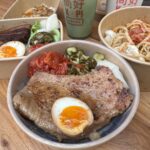
![[Review] The Winery Gourmet: A Romantic European Medieval Restaurant with a wine cellar](https://deeniseglitz.com/wp-content/uploads/2025/04/IMG_6050-150x150.jpeg)

